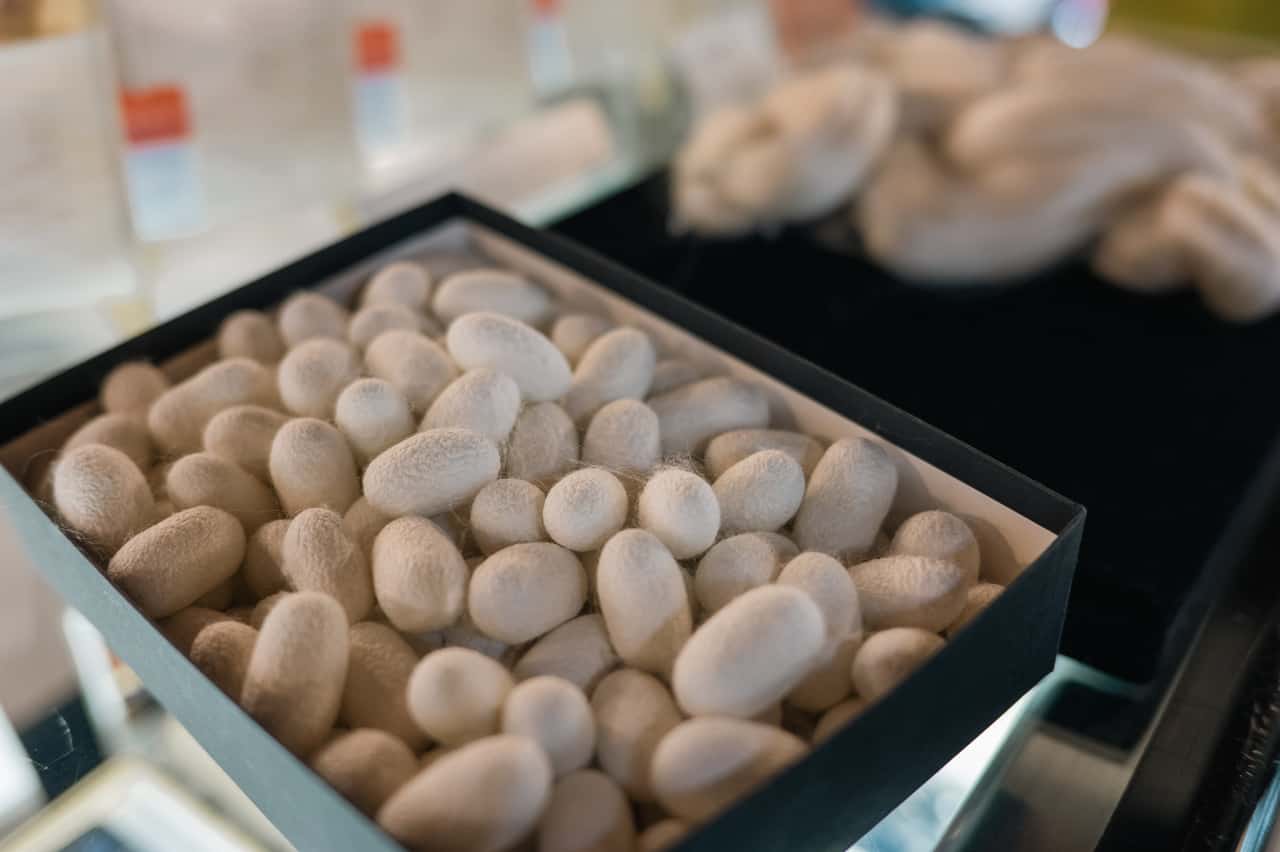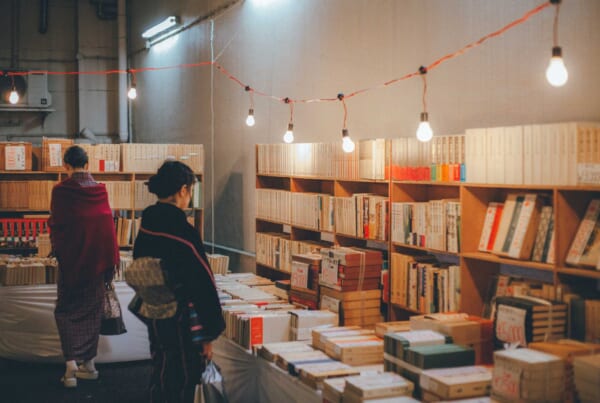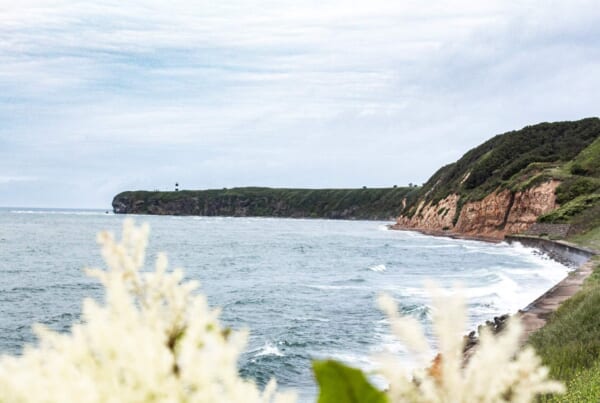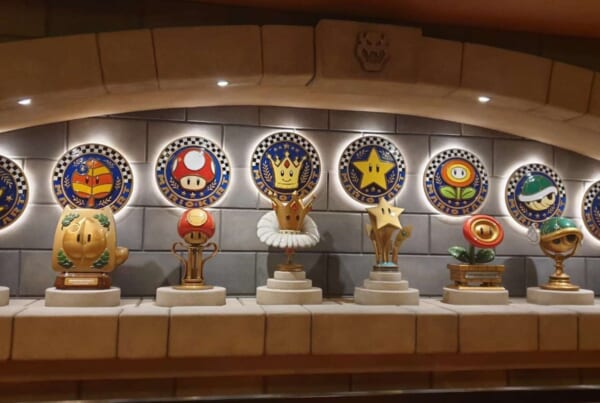To be a good traveler in Japan, it certainly helps to be a good historian of Japan. Too many times, I find myself passing quickly through some intriguing destinations on my way to more famous landmarks simply because some areas have lost their identity as time has progressed. Tomioka city (富岡市) fits this description perfectly.
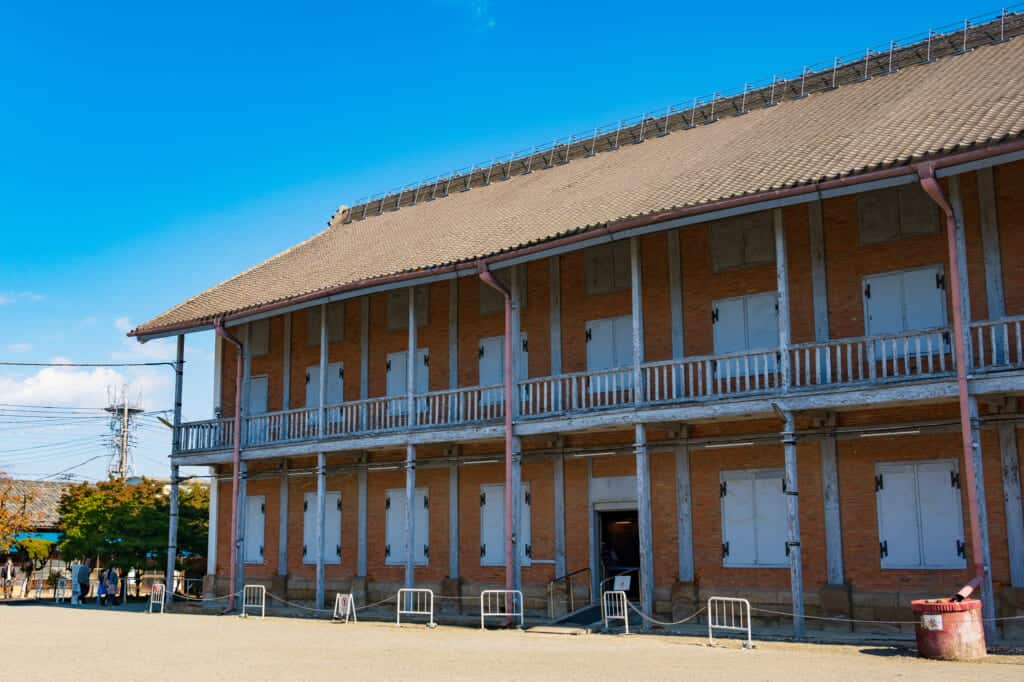
At first glance, it is a rather nondescript city of landlocked Gunma Prefecture (群馬県), without the natural beauty and eye-popping shrines of Nikko in the neighboring prefecture of Tochigi or the luxurious flair of resort town Karuizawa less than an hour to the west. But with even a general history of the region, one realizes that Tomioka has been an important city for centuries, in an area administrated directly by the Tokugawa Shogunate during the Edo era, and once home to a thriving silk industry that provided silk to the world.
Tomioka: Former Silk Production Capital of the World
During the Edo Period, Japan was divided into territories given to various Daimyo samurai lords loyal to the ruling Tokugawa clan, who governed them. But Tomioka was part of a territory that was controlled directly by the Tokugawa clan itself. Because this personal territory was the one from which the shoguns collected taxes for their income, the Shogun undoubtedly took good care of the land and people to keep productivity high. You can see evidence of the value placed on the area by visiting the nearby Myogi Shrine, which thrived under Tokugawa rule.
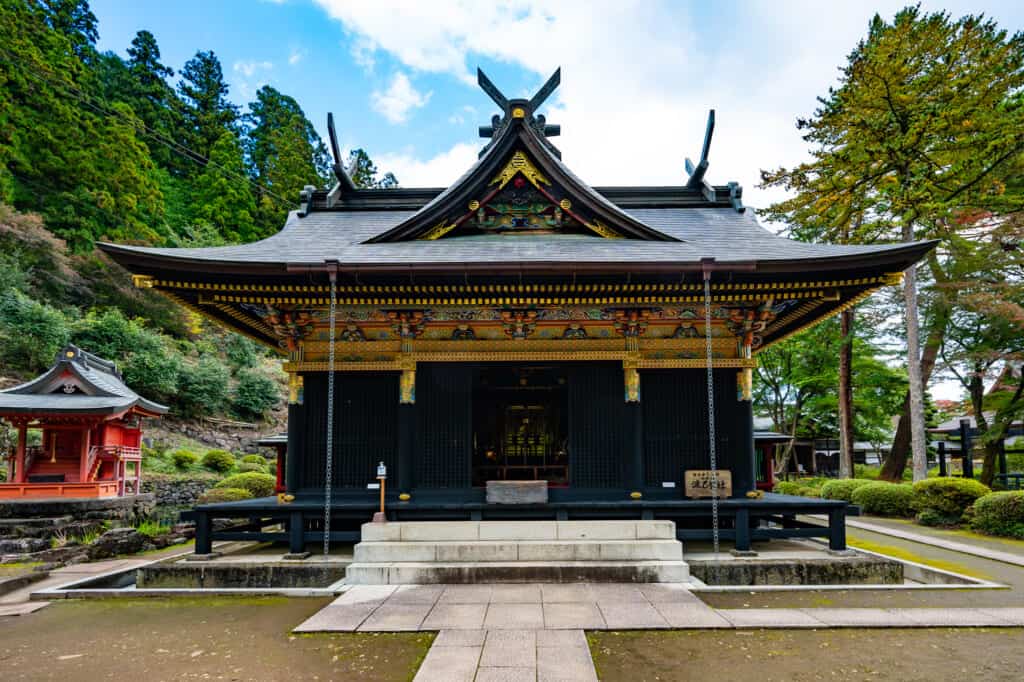
The Meiji government took control of Japan in the decades after the Shogunate rule ended in 1868. They saw silk production as a fast track for Japan to gain economic power with the West as countries like France were consuming more silk than they could produce. In 1870, the government hired Paul Brunat, a French engineer already working in the silk industry in Yokohama, to oversee the production of silk in Tomioka on a larger scale.
Brunat’s first job was to build the mill itself, and his vision included huge buildings of red clay brick mixing French and Japanese construction techniques. However, brick was not a product that Japanese artisans knew how to make, so a kiln had to be constructed in a nearby town to produce enough bricks to build the factory. The results were stunning, with the towering red walls of the factory and warehouses standing out against the traditional Japanese landscape of the area.
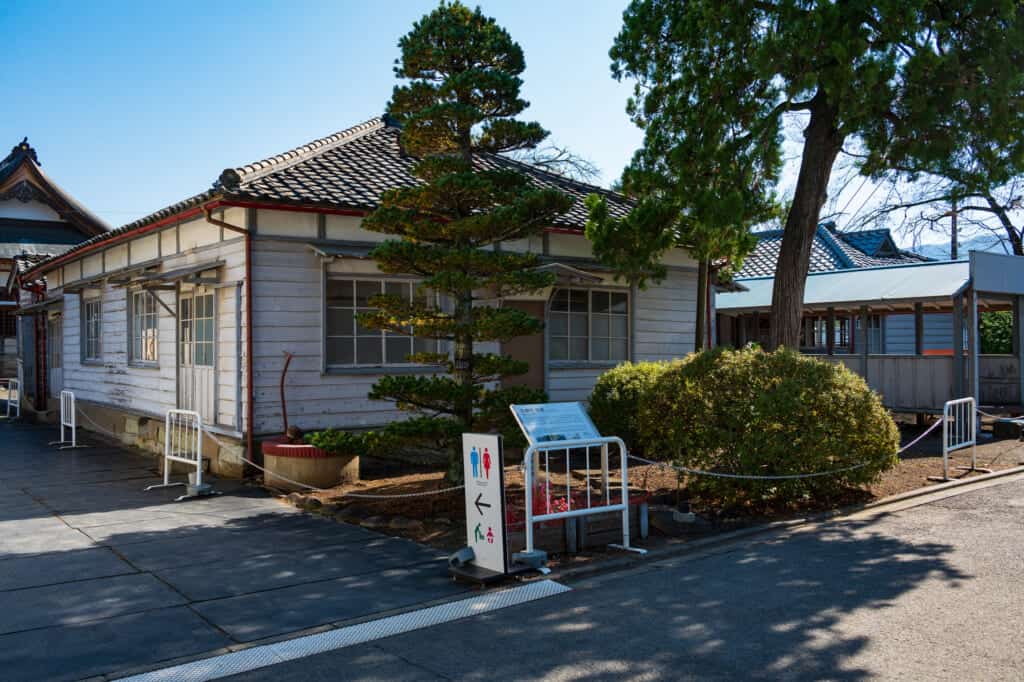
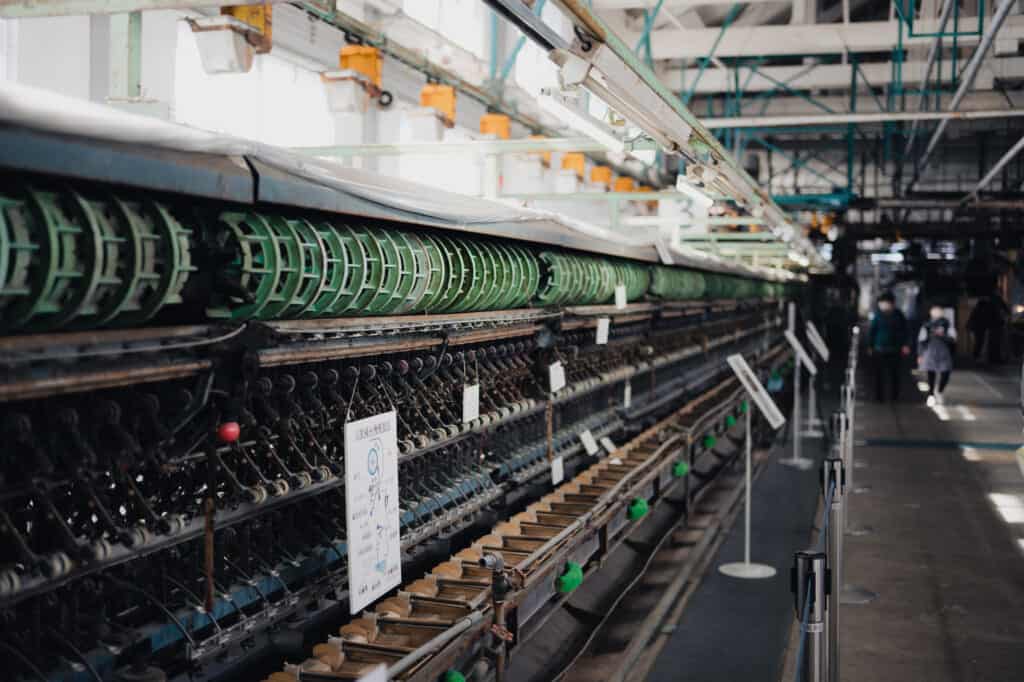
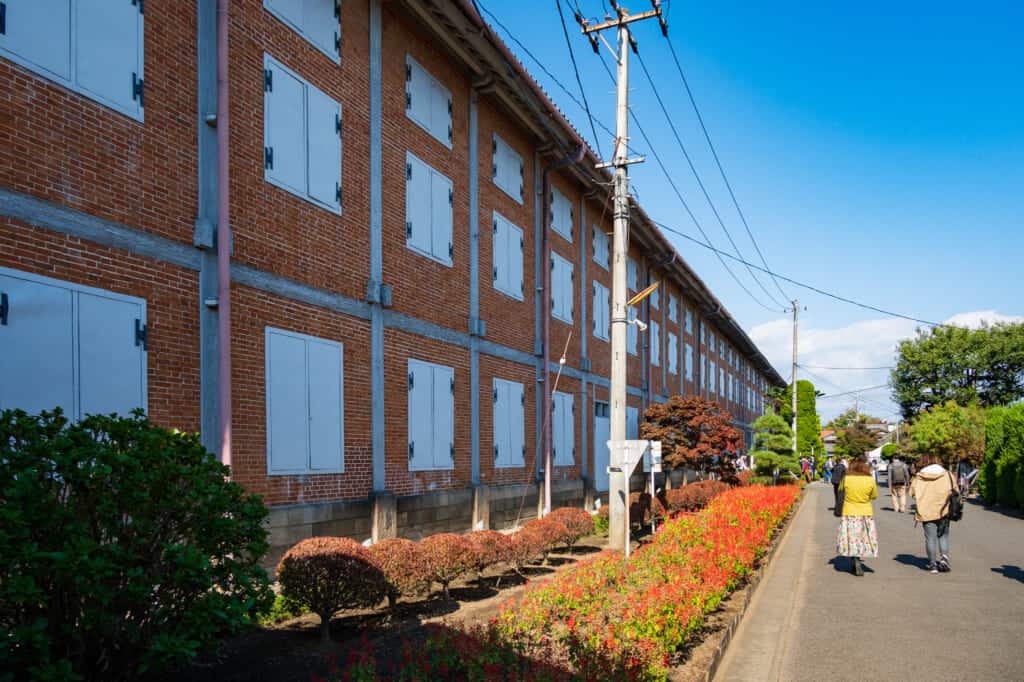
Brunat’s success has made him somewhat of a folk hero in Tomioka. He planned and oversaw the construction of the Tomioka Silk Mill, which, when finished, was the largest silk mill in the world by a magnitude of two over its next largest competitors in Europe. He drove social change in Japan, employing women in the production process and customizing the equipment to suit their smaller statures. He introduced labor rules at the factory, including the 8-hour workday, 6-day workweek, and annual holidays. He also provided the women workers access to education (an idea championed by Gunma’s forward-thinking prefectural governor, Katori Motohiko).
Within its first year of operation, silk produced at the mill won second place at the 1873 World’s Fair in Vienna, and suddenly, “Tomioka Silk” became a known brand worldwide. Over the next 115 years, the mill went through many changes in ownership and survived two world wars, but in 1987, with advancements in synthetic fibers and cheap silk production in China putting pressure on the bottom line, the Tomioka Silk Mill closed its doors for good.
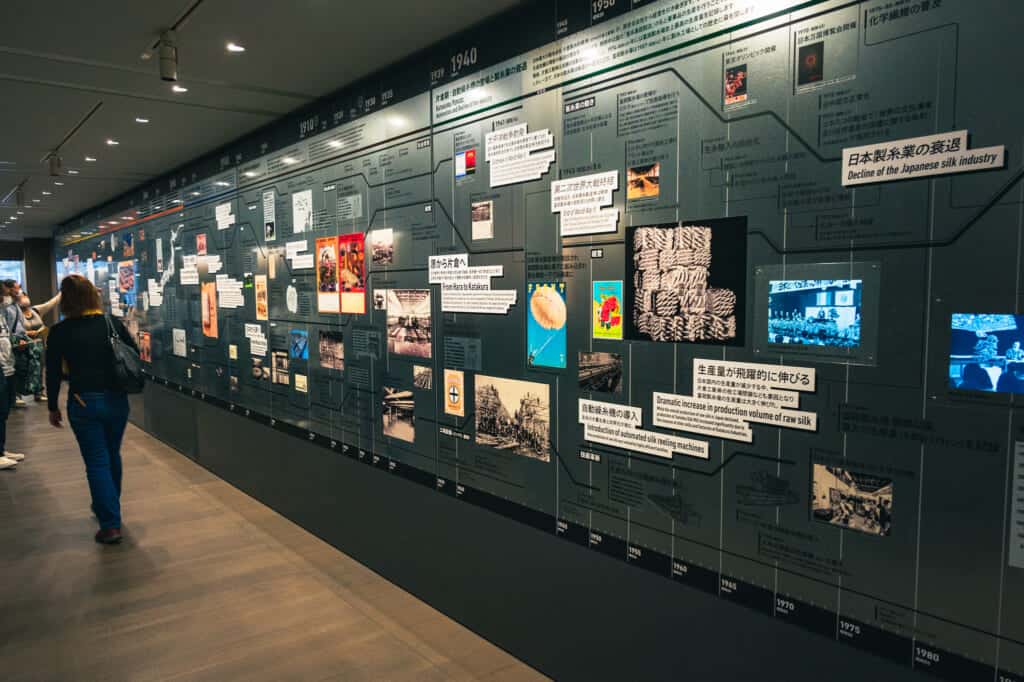
Or did it? With the hard work and commitment of local citizens, the mill was recognized as a UNESCO World Heritage site in 2014, and renovations to make the mill more accessible to visitors began. Although renovations are ongoing on various buildings, the main factory and two vast former cocoon storage warehouses are open for tours. Displays of equipment and information about the history of the mill are on display in the buildings. There is also a shop where local artisans have collaborated with the silk association to produce beautiful wearable works of art, including scarves, ties, and accessories.

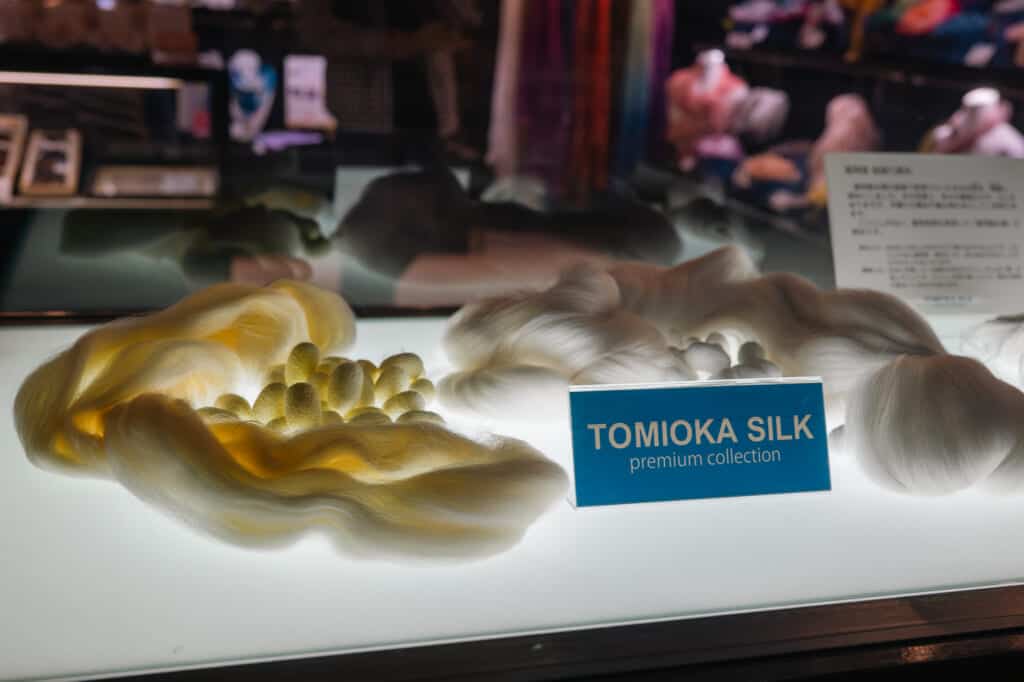
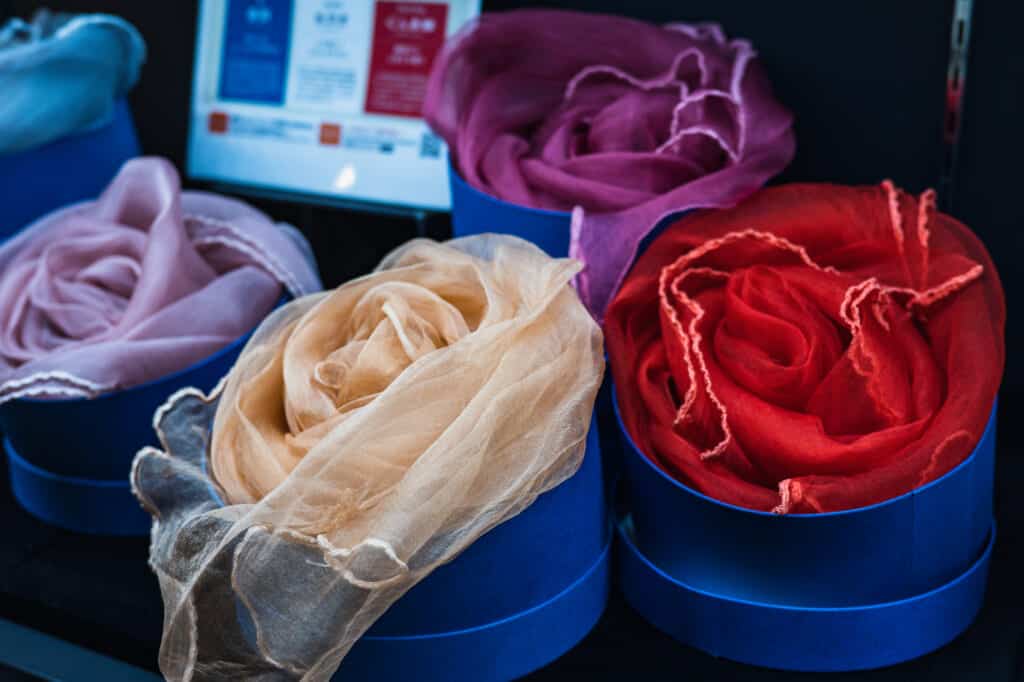
While you can tour the mill on your own with or without the help of an audio guide that can be downloaded to your phone free of charge, you might learn more about the mill with the help of a tour guide. If you make a reservation in advance, it is possible to arrange a guided tour in various foreign languages, including English, and you will have access to a guide knowledgeable about the mill and its history.
The Surprising Health Benefits of Silk
Although the mill produced silk used for textiles, the most common usage of silk thread, many people don’t realize that silk has other uses to humans in health and beauty. At Silk Studio Kinu Kobo, a small shop specializing in silk as a health product, you can learn and experience the health benefits of silk for yourself.
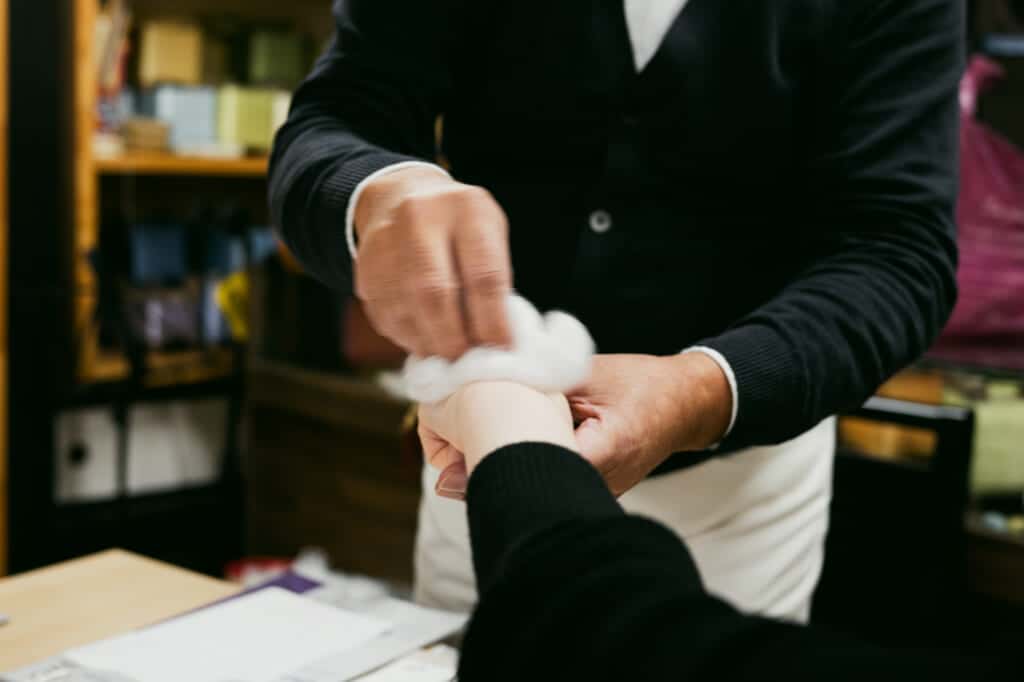
Silk is a product of the silkworm, which is fed with mulberry leaves to produce the best quality silk. As the worm prepares for the metamorphosis into a moth, it spins a cocoon out of silk thread up to 1.5 kilometers in length. The thread consists of a protein made by the worm, which is amazingly similar and comfortable to our skin, and its smooth texture does not absorb as much moisture from your skin as other fabrics.
For this reason, some studies have suggested that hair and skin both benefit from contact with silk, and some people believe that sleeping on a silk pillowcase has the dual benefit of giving you healthier hair and skin and a better night’s sleep.

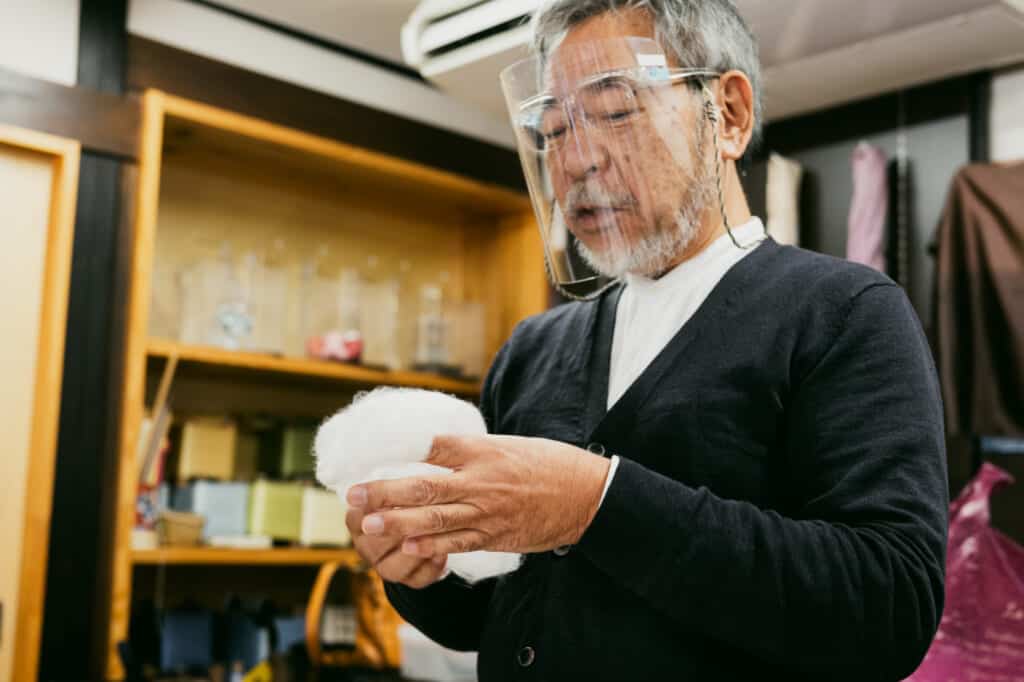
Silk Studio Kinu Kobo produces various products to help people take advantage of silk’s health benefits. For example, they manufacture small bars of soap made with silk protein to wash your face gently. They also have small pads of silk fiber which you can use to gently massage your face and hands, giving your skin a softer, smoother appearance. For those for whom money is no object, they even make a silk blanket, the ultimate luxury for becoming well-rested.
The French Atmosphere of Café Drôme
After a morning learning about the health benefits and manufacturing history of Tomioka silk, you might choose to satisfy your hunger in a cute cafe with a surprising connection to the silk industry.
Café Drôme stands just a few dozen meters from the Tomioka Silk Mill, occupying an old house constructed just a few years after the mill was completed. Twelve houses once stood in a row here, but only the one containing Café Drôme still remains. Inside, the decor is quaintly French, with antique furniture and old photographs of what Tomioka looked like when the silk mill was in its prime. The cafe takes its name from the region of southeast France where Paul Brunat, the man who made the mill a success, came from originally.
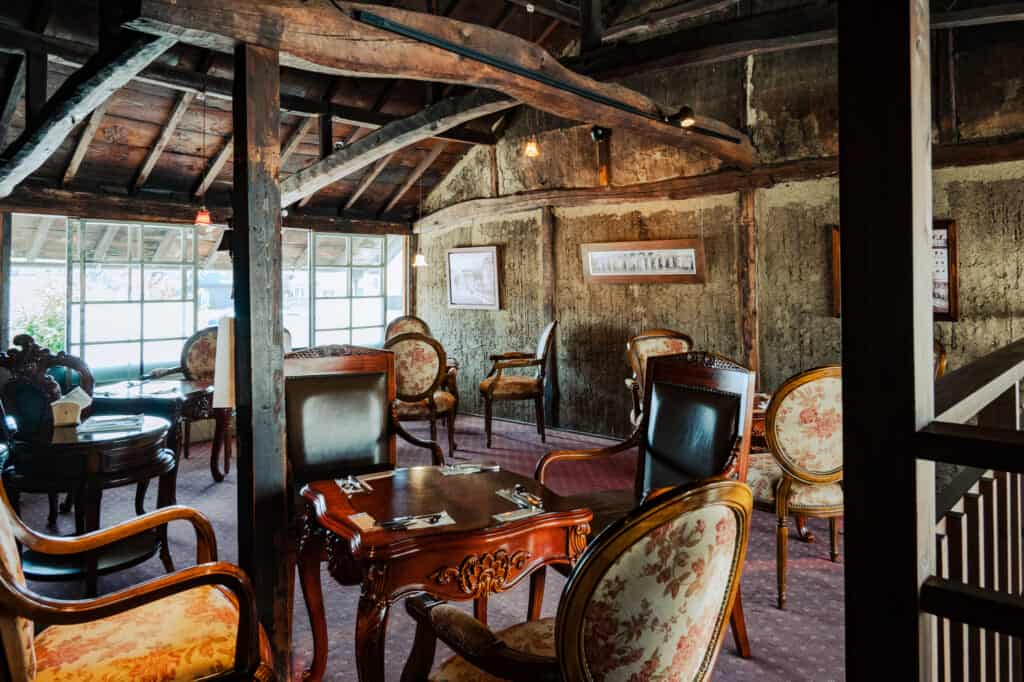
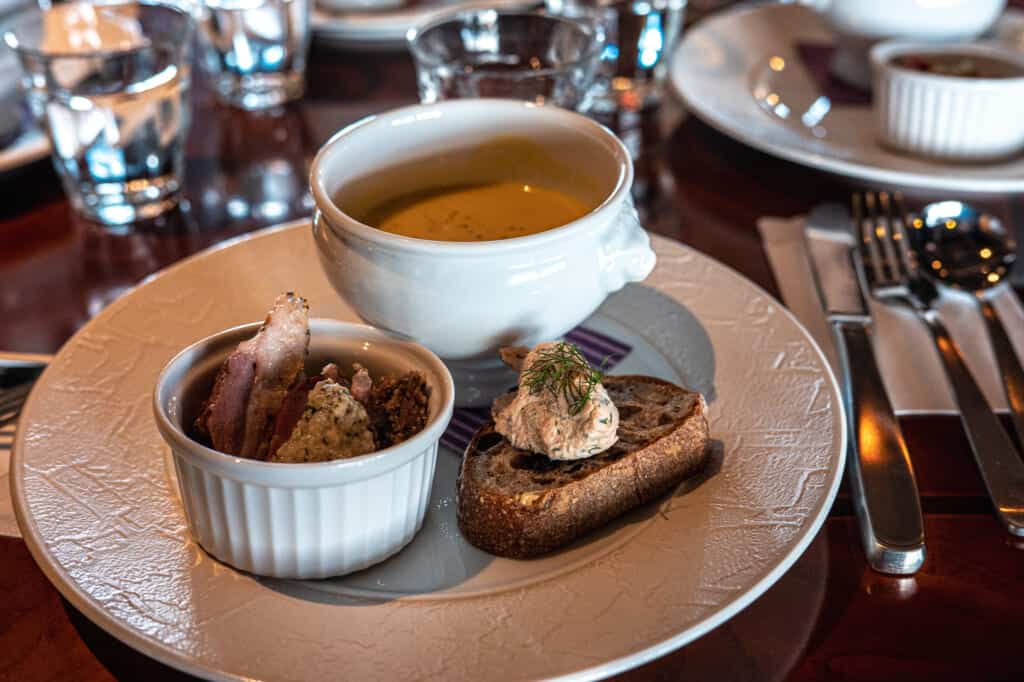
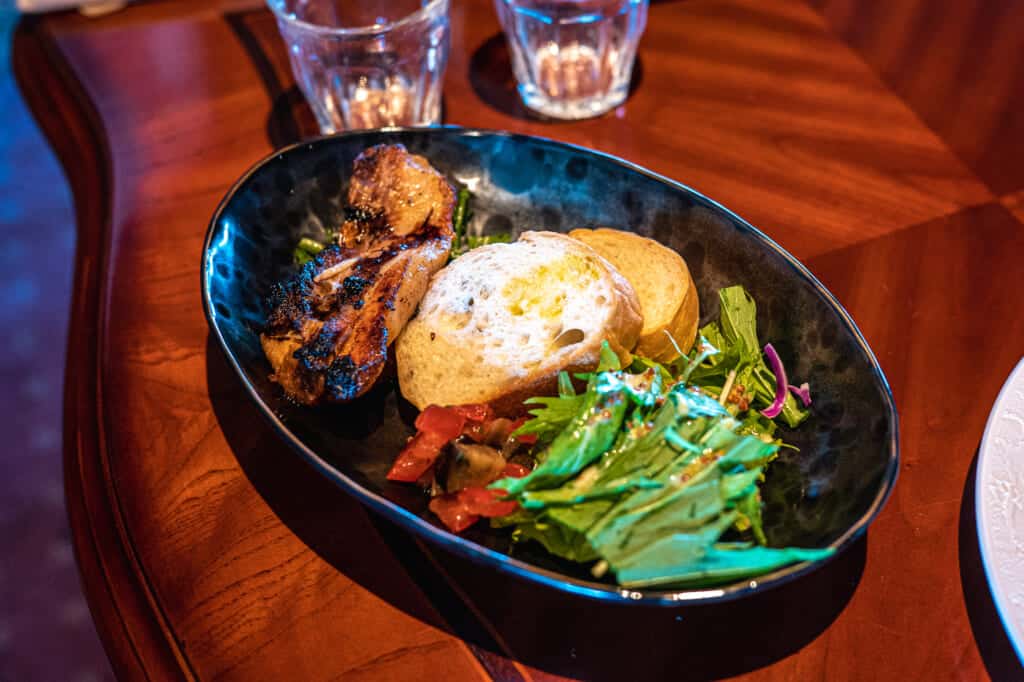
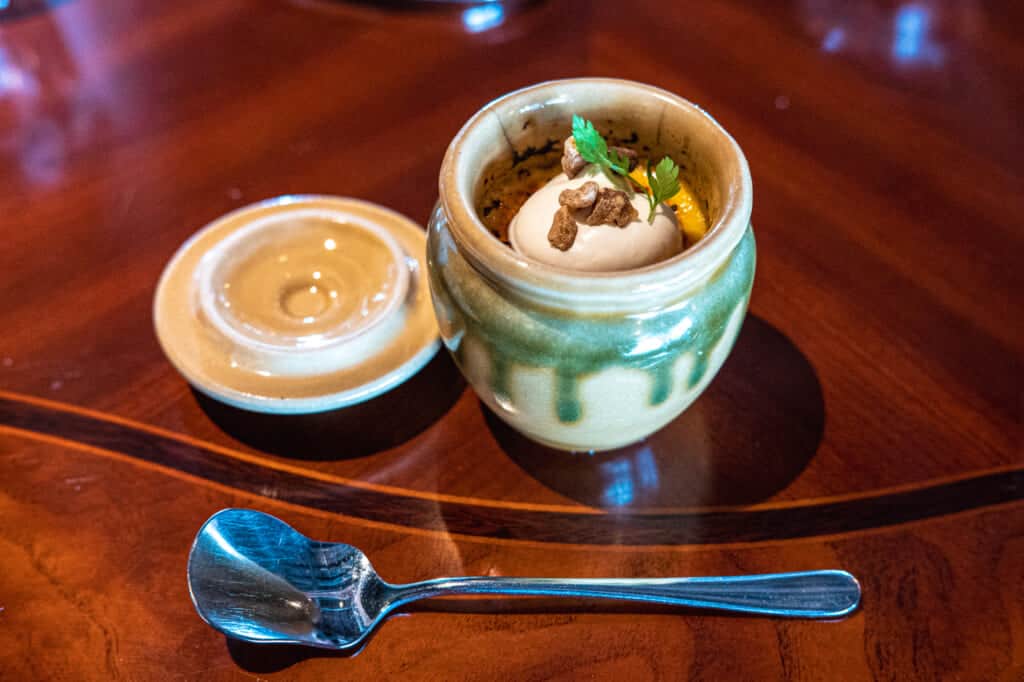
Despite its French-inspired decor and typically western coffee drinks, the food at Café Drôme is ultimately connected to its local Japanese roots. The chef has taken care to plan a menu that includes ingredients that are meaningful in Tomioka: the main course of pork with mulberry sauce reminds us of the mulberry leaves the local silkworms feed on exclusively. A kabocha (Japanese pumpkin) soup made with a particular type of local kabocha raised specifically for making soup from. And for dessert, an exquisite pudding with a pool of miso-flavored sauce hidden beneath that gives the pudding a delightful sweet-and-savory flavor with every bite.
How to Get to Tomioka
From Tokyo or Ueno stations, use the Hokuriku Shinkansen train to get to Takasaki. From Shinjuku Station, take the Shonan-Shinjuku line train to Takasaki (try to get a rapid or express service train to get there in under 90 minutes). From Takasaki Station, transfer to the Joshu Dentetsu line to Joshu-Tomioka Station and walk or take a taxi to the Tomioka Silk Mill (about 800 meters, or a 10-minute walk).
Instead of quickly passing through Tomioka on the way to your next destination, why not make Tomioka a destination in itself? Just a couple of hours from Tokyo by train or car, or less than an hour from nearby Karuizawa, this often-overlooked city hides an incredible history lesson, miraculous health products, and a delicious cafe right in plain sight. Combined with a visit to the fantastic Myogi Shrine halfway up Mount Myogi, you have the making of a perfect day trip.

Sponsored by Tomioka city


